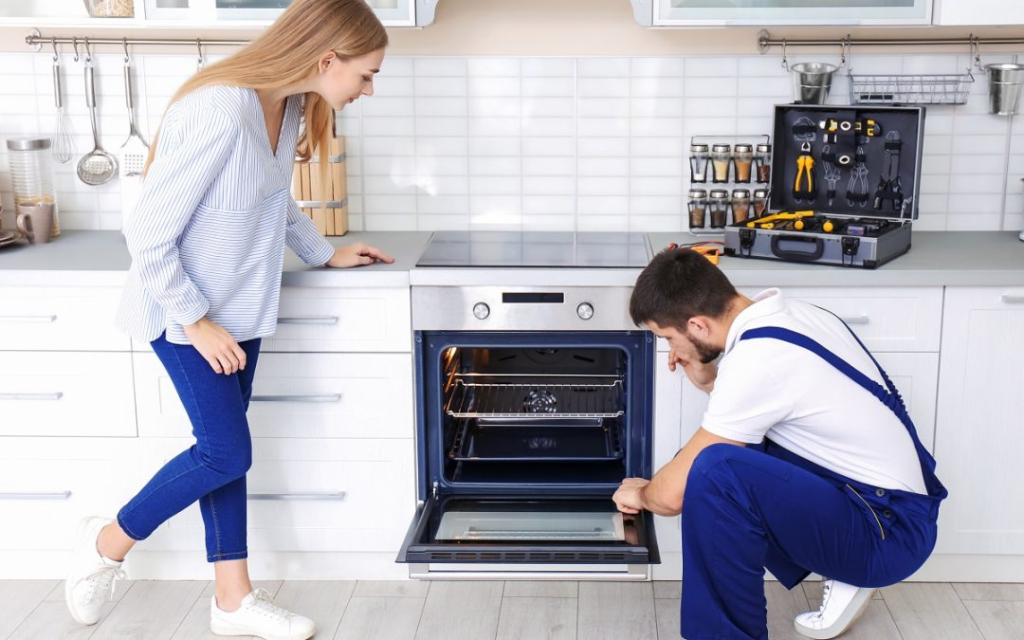
DIY Stove Repair Guide: Common Issues and How to Fix Them
Fixing a stove might seem daunting, but many common issues can be resolved with a little DIY knowledge and some basic tools. Whether you have an electric or gas stove, here’s a handy guide to troubleshooting and repairing the most frequent problems.
1. Electric Stove Burner Won’t Heat
If one of your electric stove burners isn’t heating, the problem could be a faulty burner, a bad connection in the burner socket, or a defective switch.
- Check the Burner: Swap the burner with one that you know works. If the burner works in a different socket, the problem might be with the original socket or the burner switch.
- Inspect the Socket: Look for any signs of damage or burning. If the socket is faulty, it will need to be replaced.
- Test the Switch: Use a multimeter to test the burner switch. If it’s defective, replace it.
2. Gas Stove Burner Won’t Light
If your gas stove burner won’t light, the issue might be with the igniter or the gas flow.
- Clean the Burner: Remove the burner cover and cap, and clean the area with a stiff brush to remove any debris that might be blocking the gas flow.
- Check the Igniter: Ensure the igniter is producing a spark. If not, it might need to be cleaned or replaced. Listen for a clicking sound when you turn the burner on, which indicates the igniter is trying to work.
3. Oven Won’t Heat
An oven that won’t heat is often due to a faulty element or a bad temperature sensor in electric ovens, or ignition problems in gas ovens.
- Electric Oven: Check the heating elements for any visible damage. Test the elements with a multimeter to check for continuity. Replace if necessary.
- Gas Oven: If the gas oven isn’t heating, check the igniter near the oven burner. Replace the igniter if it’s not glowing or if it glows but doesn’t light the burner.
4. Stove Control Panel Issues
Problems with the control panel, like unresponsive buttons or erratic temperature control, can often be traced to a faulty control board or wiring issues.
- Reset the Stove: Sometimes, simply resetting the stove can resolve electronic issues. Unplug the stove, wait a few minutes, and then plug it back in.
- Check the Wiring: Inspect all visible wires and connections for signs of damage or loose connections. Repair any damaged wires and secure loose connections.
5. Oven Door Won’t Shut Properly
A door that won’t close properly can lead to heat loss and uneven cooking.
- Inspect the Door Hinges: Check for any broken or bent hinges and replace them if necessary.
- Check the Door Seals: If the seals are worn out or damaged, they can prevent the door from closing correctly. Replace any faulty seals.
Tools You May Need:
- Screwdrivers
- Multimeter
- Nut drivers
- Brushes for cleaning
Safety First
Always ensure the stove is unplugged or, in the case of gas stoves, that the gas supply is completely shut off before starting any repairs. If you’re ever unsure or uncomfortable with performing any repairs, it’s wise to call a professional technician.
DIY stove repairs can be a rewarding challenge and can save you from the expense of a service call or the need to purchase a new appliance prematurely. With the right tools and a careful approach, you can fix many common stove issues yourself. However, always prioritize safety and don’t hesitate to seek professional help for more complex problems.
